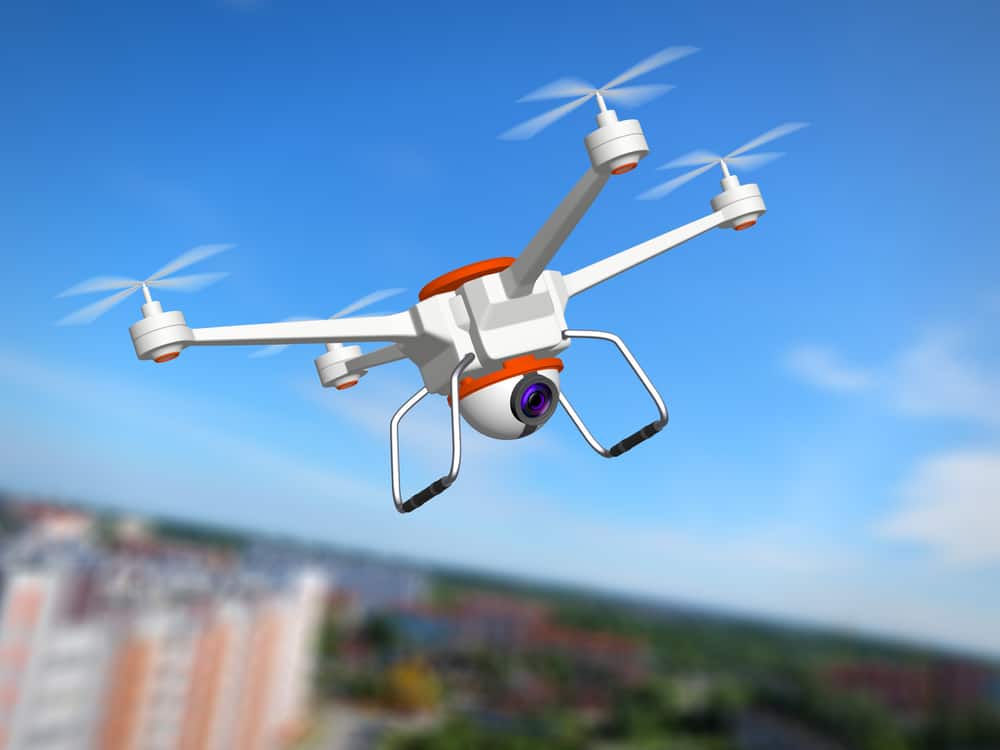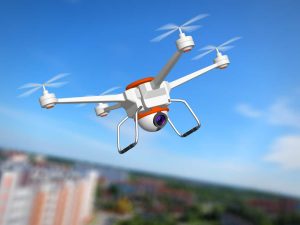
In the trucking industry, where time is money, dock and yard congestion can create a major slowdown. Terminal tractors from DJ Products keep operations moving at a brisk pace with less risk of workplace injuries.
If your trucks end up out of commission due to violations, it’s almost impossible to make up the loss. Keep your trucks on the road with accurate and efficient pre- and post-trip inspections.
Classroom Training vs. Hands-On Experience
While the importance of pre- and post-trip inspections is universally accepted, trucking companies vary widely as far as the best methods of training drivers. Here’s a look at how transportation companies around the country handle inspection training.
– Maverick Transportation out of Little Rock, AR favors an experience-based system. New hires with previous driving experience use online tutorials, while student drivers receive formal field training with their onboarding program.
– A hybrid version of training is employed by WTI Transport in Alabama. Once drivers complete a classroom curriculum, they must undergo a test in which they conduct an actual inspection accompanied by a safety inspector.
– At Waller Trucking in Excelsior Spring, MO, all new hires must have a minimum of two years of highway driving experience so they can be expected to have a knowledge of inspections. A vehicle walk-around with a company technician is performed as part of employee orientation.
Follow Up with Feedback
Regardless of training, it’s essential to run full inspections when a truck returns to the yard. Findings can be reviewed with drivers to reinforce positive results and focus on areas of improvement.
Electric Terminal Tractors Benefit Workers and the Environment
Use of our Electric Yard Dog demonstrates your commitment to workplace safety and a cleaner environment. Visit our website for more information.










